Posterior Pelvic Tilt
Table of Contents
What is Posterior Pelvic Tilt?
- Posterior pelvic tilt refers to a condition where your pelvis is tilted backward side, away from its’ neutral position. In this pelvic position, the tailbone is tucked in under the body and the anterior portion of the hips tilt up and back.
- The posterior positioning of the pelvis results in a rounding of the lumbar spine (lumbar lordosis), leading to a flat back
- Body imbalances often occur from a lack of movement(activity), especially for people who sit most of the day. This lack of movement contributes to:
- weak and tight leg muscles
- shortened tendons around the pelvic bones
- improper balance
- poor posture
Causes of posterior pelvic tilt:
Most common: Poor Sitting Posture
- If you sit the whole day, you’re already at risk of a posterior pelvic tilt, but if you sit with a bad posture you’re even more at risk. Sitting in a slouched position at your desk the whole day distorts the normal curvature of your spine and puts stress and strain on all the wrong areas. This leads to the weakening of the hip flexor muscles and back muscles. And the hamstrings, gluteal muscles, and abdominal muscles get very tight.
Other causes include:
Poor Standing Posture
- Just like with the sitting posture, proper standing posture is critical. If you find yourself rounding your lower back area and hunching your shoulders when you standing position, then you may have a posterior pelvic tilt posture. You’ll most likely find your upper body is leaning back more and the abs will feel shortened.
Holding/Carrying Heavy Objects (Like a baby!)
- If you are holding heavy objects for prolonged periods of time, you could develop a posterior pelvic tilt posture as well. Usually, your tailbone will tilt forward as you try to support the “heavy object” with your hips. This elongates your back and shortens the abdominal(stomach)muscles. Over time this will cause serious bad postural problems.
Incorrect Exercise Regiment
- If you’re participating in an exercise program that focuses on developing your gluteal muscle, abdominal muscles, and hamstrings you might be putting yourself at risk for posterior pelvic tilt. When the stomach(abdominal) muscles become overdeveloped compared to the counterbalancing back muscles, they can pull the pelvis posterior and cause a flattening of the normal curve in the lumbar spine.
Sleeping Posture
- If your mattress or sleeping position restricts the natural curvature of your spine, you could develop a pelvic tilt.
Symptoms of Posterior Pelvic Tilt:
- A flat lower back area from the loss of lordotic curve.
- An apparently flat bum.
- A protruding belly.
- Discomfort in the lower back.
Diagnosis:
- your doctor will perform a physical test and observe.
Thomas test
- Lie down on a table. The legs should be hanging off the table, at the knee area.
- Pull one leg to the chest, bending and holding at the knee. Then, repeat with the other leg.
- If the pelvis is incorrectly aligned, the back of the resting leg will lift off the table.
- If it is necessary to extend or rotate the resting leg in any way, in order to keep it from lifting off the table, it indicates a pelvic tilt.
- Negative Test:
- The back of your thigh touches the table without a gap between your thigh and the table.
- No Gap.
- Positive Test:
- If you have a gap between your thigh muscle and table even after straightening your leg you may have posterior pelvic tilt.
- Gap.
Scanning:
- Test: x-ray
- The pelvic tilt is one of the parameters contributing to the separate pelvic orientation. It is measured on an anteroposterior pelvic radiograph as the distance between the mid portion of the sacrococcygeal joint and the upper border of the symphysis pubis.
Treatment of Posterior Pelvic Tilt:
- Initially symptomatic medical treatment with a combination of Physiotherapy treatment & exercise to correct the posture, in severe conditions, surgery is the last prescribed option.
Medical Treatment:
- An-inflammatory medicines can relieve pain.
- Over-the-counter pain relievers: Acetaminophen (Tylenol), ibuprofen, (Advil, Motrin IB), naproxen (Aleve)
Physiotherapy Treatment of Posterior Pelvic Tilt:
- Stretching and Strengthening to Correct Posterior pelvic tilt
- The best way to correct a posterior pelvic tilt is to balance the muscles affecting the unnatural positioning of the pelvic. Muscles that are chronically tight need to recover their flexibility through stretching. While the muscles that are weak need to be strengthened.
Stretches/Releases to Correct Posterior pelvic tilt :
Static hamstring stretch
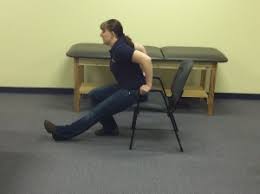
- Sit in a hard chair without a pillow, and stretch out one leg in front of you.
- Bend forward from the hip, making sure to keep the back straight, until you feel the stretch in the back of your leg(hamstring muscles).
- Hold for 10–30 seconds.
- Switch to the other leg and repeat on the opposite side.
Cobra stretch

- Start with your belly facing down on the mat. Angle your legs in line with your hips, point your toes, and inhale into the next movement.
- Gently bending your elbows, push yourself up off the ground, until you feel the extension in your back.
- Be mindful not to lock your elbows as you support your load with your hands and wrists for 15–30 seconds. Take deep inhales and exhales as you move in and out of the pose.
Glutes release
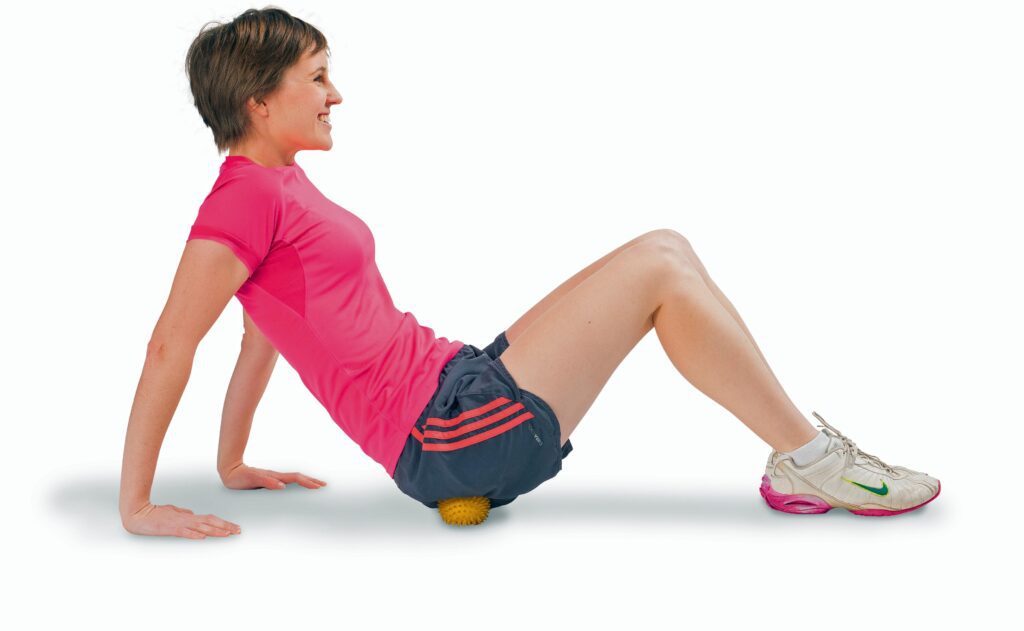
- Your buttocks get very tight from a prolonged sitting position and that’s why massaging that area will help it relax and therefore help release the pelvis into the right pose.
How to perform it:
- Begin in a seated position on the ground with your knees flexed.
- Position a massage ball under your right buttock and rest your hands on the floor behind your back.
- Lift your right leg off the floor and roll in small circles on the ball, placing more attention on areas that are tender.
- Perform this exercise on the other side.
Strengthening exercises for Posterior pelvic tilt
The glute bridge
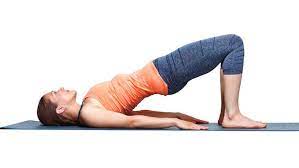
- This exercise targets the buttock muscles and the hamstrings muscles.
- Lie on the floor, face upward, and knees flexed.
- Place the feet hip-width apart.
- Squeeze the stomach muscles so that the back is flat against the ground. Keep the abdominal (stomach) muscles engaged throughout the exercise.
- Breathe out and lift the hips off the ground, so the upper body and thighs form a straight line.
- Inhale and gently lower the body to the ground.
- Repeat 10 to 20 times.
The plank

- Doing a plank may be difficult at first, but the patient should hold the pose for as long as possible, eventually up to 1 minute.
- The plank exercise helps to target the abdominal muscles and back.
- Lie face down on an exercise mat.
- Place the hands on the mat, palms down. Keep the hands directly under the shoulder area.
- Tighten the abdominal muscles and the thigh muscles.
- Slowly lift the upper body and thighs off the floor, moving into a push-up position. Keep the body rigid and straight. Ensure the stomach(abdominal)muscles are engaged throughout the exercise.
- Hold the plank pose for as long as possible, working up to sixty seconds. Gently lower the body toward the floor.
Superman exercise
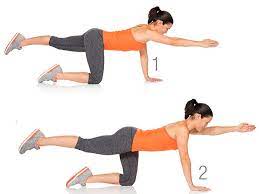
- Lie on the floor on your stomach(abdominal area) and stretch your arms out in front of you.
- Lift your chest off the ground and try to hold that position for 10 to 30 seconds. Then lower.
- Repeat this for three sets with a 10-second break in between.
Leg lunges
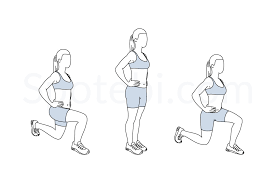
- Stand with your feet together and step your right leg out in front of you.
- Bend the right leg at a 90-degree angle. Your other knee should touch the ground with your right leg still at a 90-degree angle.
- A mirror can help you check your position. Push off your right foot to return to the starting position.
- Step forward with your left leg and form a 90-degree angle to touch your right knee to the ground.
- Repeat for 3 sets of 10–15 lunges.
Rolling for calves
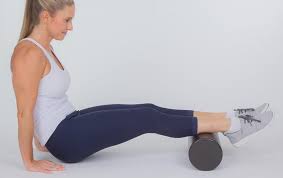
- Rolling for calves is also called self-myofascial release, foam rolling is essentially like massage therapy. It is a great post-workout stretch to help relieve tension in various parts of your body area.
- Lay on your side and put the foam roller under your calf muscles area.
- Slowly roll the foam roller up your calf muscles and focus on any “hot spot.” This is an area where you feel extra tension or tightness.
- Roll over this area for 30 seconds.
- Switch legs and perform the same movement. You can also do the same for your thigh area.
- For more pelvic focus and benefit, lie on your back and move the foam roller up the back of your leg area.
- Roll the foam up your hamstrings muscles and to your glutes. Sit on any hot spots and focus rolling on that area. Switch legs and do it again.
Rowing

- This exercise strengthens all of the major muscles of your back area, including the Trapezius and the Rhomboids which will help bring the shoulders back.
How to perform it:
- Begin by wrapping your Theraband around a stable piece of furniture. if you do not have a stable piece of furniture, you can wrap it around the base of your feet.
- Sit on the floor with your legs stretched out in front of you and your knees slightly flexed
- Hold the ends of the theraband with your palms facing each other and extend your arms straight to get toward the starting position.
- Pull the ends of the Theraband towards you as you flex your elbows and move them slightly behind your torso by squeezing your shoulder blades together.
- be sure to keep your arms close to your body and avoid leaning forwards or backward.
- Stop pulling when your hands reach your torso.
- Hold this position briefly before back to the starting position by straightening your arms.
- Aim for 3 sets of 10 repetitions.
Surgical treatment:
- Surgery for anterior pelvic tilt would usually be recommended if causing persistent pain that can’t be controlled with medication. the pelvic tilt is disrupting your body’s other important functions, such as breathing and the nervous system.
Complications of Posterior Pelvic Tilt:
- posterior pelvic tilt increases pressure trusted Source on the lower back bones. This pressure can cause muscle fatigue and other issues, such as:
- tension in the neck muscles
- lower back pain
- inward rotation of the hip and knee
- hip and knee pain
- pressure on hip flexors causing sciatica
Prevention tips
- Avoid sitting for prolonged periods of time. Those who have desk jobs, and other roles that require sitting for prolonged periods, should take regular breaks that involve walking around or stretching.
- Engage in regular physical activity. This should include both muscle stretching and strengthening exercises.
- Ensure proper posture, especially when sitting. A comfortable and healthful workspace with the right positioned desk, screen, and seating is important.

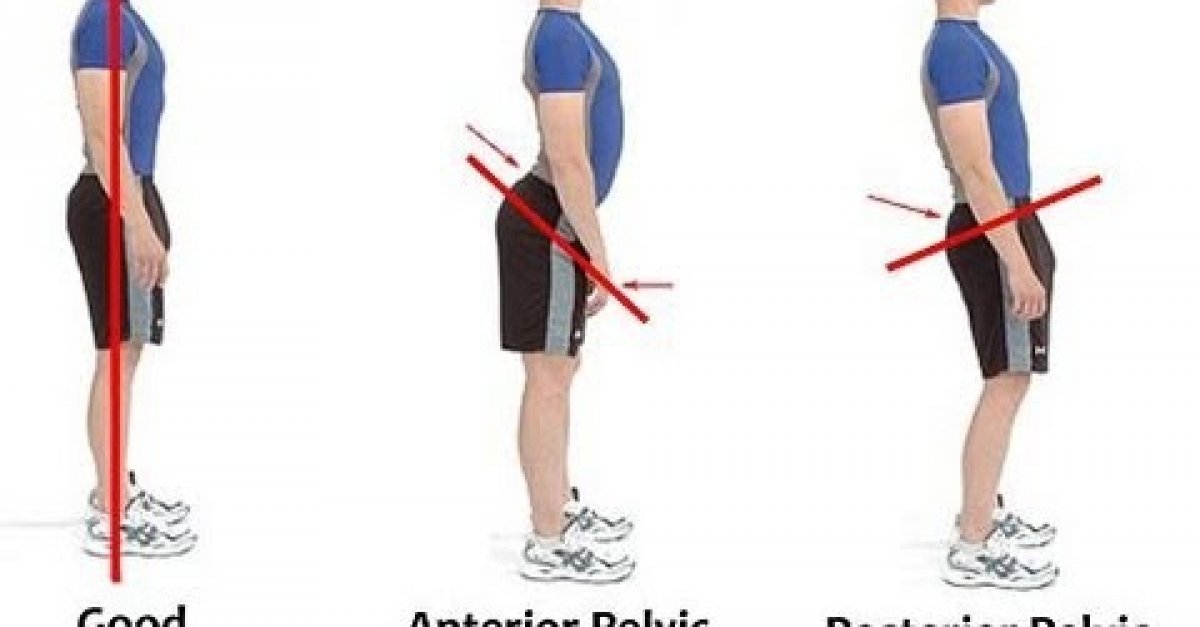

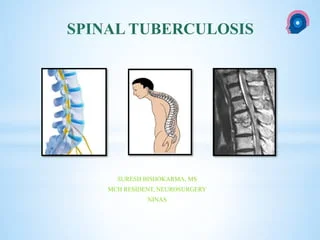
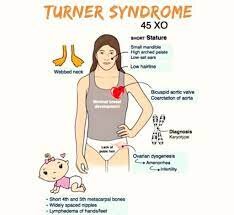
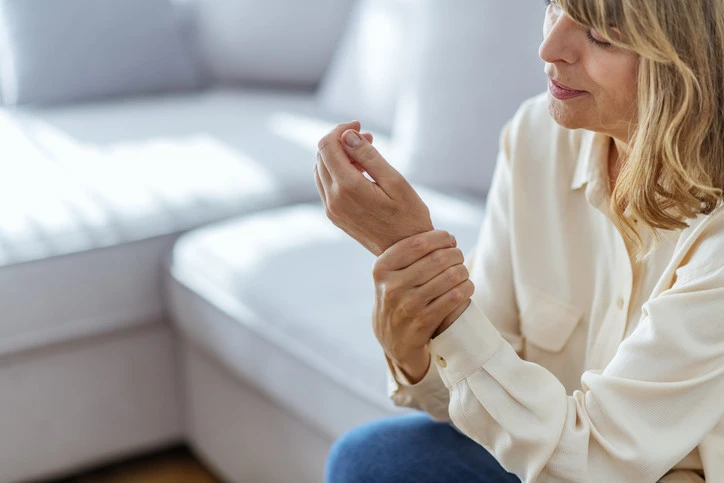
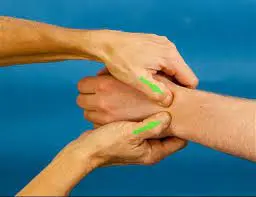

One Comment